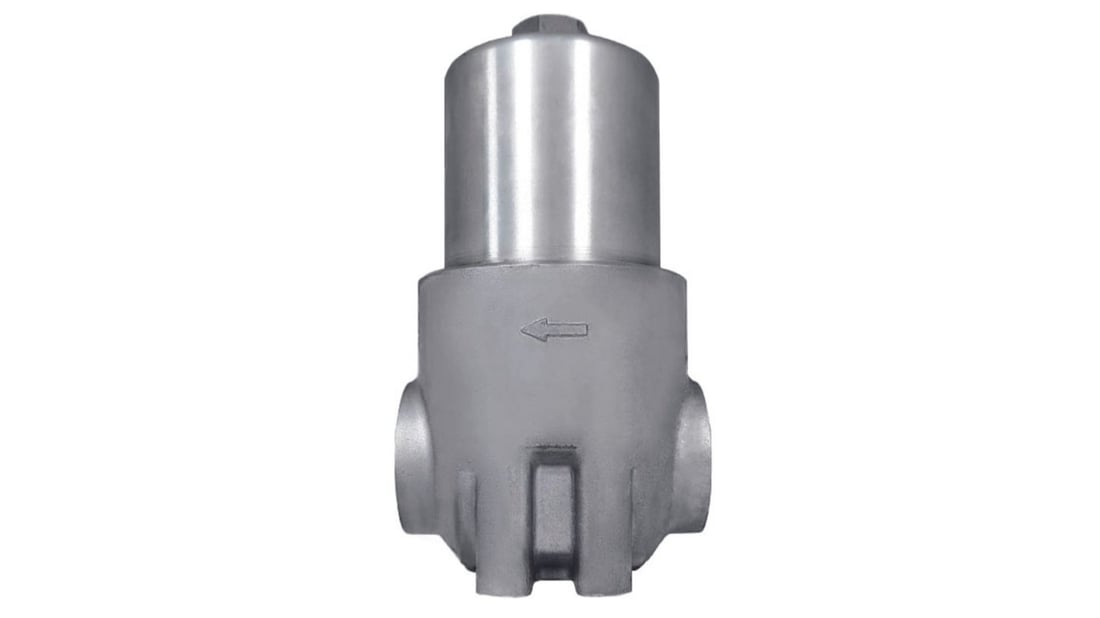1. Understanding the Silver MF/LF pressure line filter hydraulic system
A Silver MF/LF pressure line filter hydraulic system is a crucial component in hydraulic machinery, responsible for filtering contaminants from the hydraulic fluid. This system ensures the smooth operation and longevity of hydraulic equipment by preventing damage caused by dirt, debris, and other particles. Understanding how this system works and its benefits is essential for anyone working with hydraulic machinery.
2. Key Components of a Silver MF/LF Pressure Line Filter Hydraulic System
A Silver MF/LF pressure line filter hydraulic system typically consists of several key components that work together to achieve optimal filtration. These components include the filter housing, filter element, bypass valve, indicator, and pressure relief valve. Each component plays a vital role in the overall functionality of the system, ensuring efficient and effective filtration.
3. The Role of the Filter Housing
The filter housing is an integral part of the Silver MF/LF pressure line filter hydraulic system. It holds the filter element in place and provides a secure environment for the filtration process. The housing is designed to withstand high pressures and temperatures, ensuring durability and longevity of the entire system.
4. The Importance of the Filter Element
The filter element is the heart of the Silver MF/LF pressure line filter hydraulic system. It is responsible for capturing and removing contaminants from the hydraulic fluid. The filter element is typically made of high-quality materials that provide excellent filtration efficiency and a long service life. Regular replacement of the filter element is crucial to maintain optimal filtration performance.
5. Understanding the Bypass Valve
The bypass valve is a safety feature incorporated into the Silver MF/LF pressure line filter hydraulic system. It allows hydraulic fluid to bypass the filter element when the pressure differential across the filter exceeds a certain threshold. This prevents damage to the system in case of a clogged or saturated filter element, ensuring continued operation until the filter can be replaced.
6. The Importance of the Indicator
The indicator is a visual or electronic device that provides a visual or audible signal when the filter element becomes clogged or reaches its maximum dirt-holding capacity. This alerts the operator to the need for filter replacement, preventing potential damage to the hydraulic system. Regular monitoring of the indicator is essential to ensure timely maintenance.
7. Understanding the Pressure Relief Valve
The pressure relief valve is another safety feature in a Silver MF/LF pressure line filter hydraulic system. It is designed to prevent excessive pressure build-up within the system, which could lead to component failure or system damage. The pressure relief valve opens at a predetermined pressure, diverting excess fluid flow and maintaining system stability.
8. Benefits of a Silver MF/LF Pressure Line Filter Hydraulic System
A Silver MF/LF pressure line filter hydraulic system offers numerous benefits to hydraulic machinery operators. By effectively removing contaminants from the hydraulic fluid, it helps prevent damage to sensitive components, such as valves, pumps, and cylinders. This results in improved equipment performance, reduced downtime, and increased overall lifespan.
9. Maintenance and Replacement of the Silver MF/LF Pressure Line Filter Hydraulic System
To ensure the optimal performance of a Silver MF/LF pressure line filter hydraulic system, regular maintenance and timely replacement of components are necessary. This includes monitoring the indicator, checking for leaks, and replacing the filter element when needed. Adhering to a proper maintenance schedule helps extend the life of the hydraulic system and reduces the risk of unexpected failures.
10. Conclusion
A Silver MF/LF pressure line filter hydraulic system is a critical component in hydraulic machinery, playing a vital role in ensuring smooth operation and preventing damage caused by contaminants. Understanding its key components, safety features, and maintenance requirements is essential for maximizing the performance and longevity of hydraulic systems.

